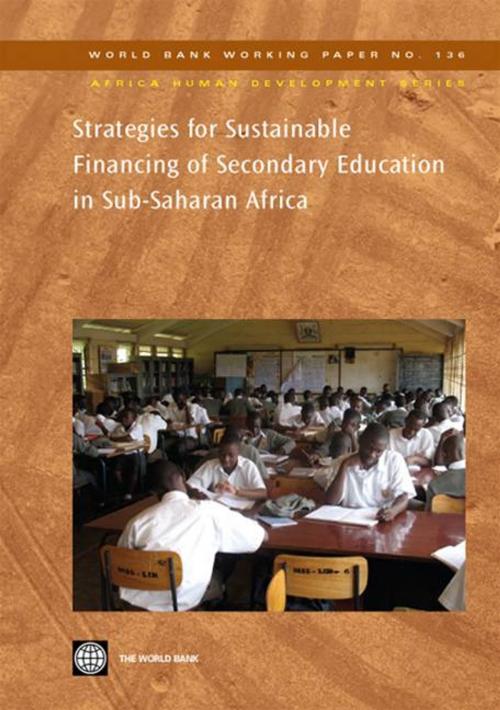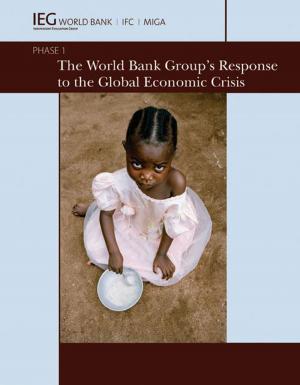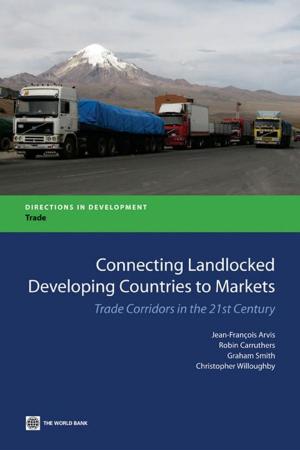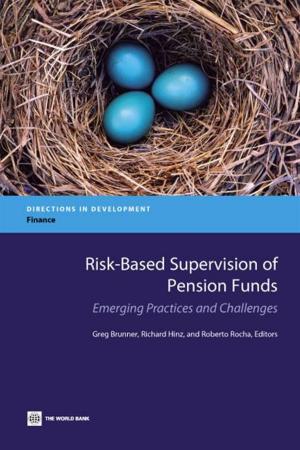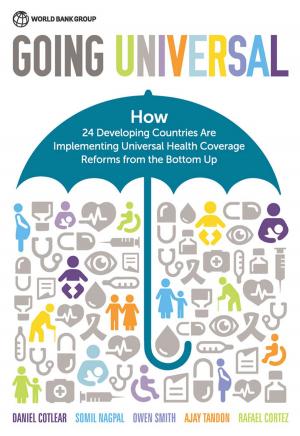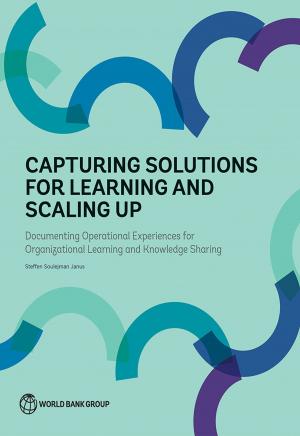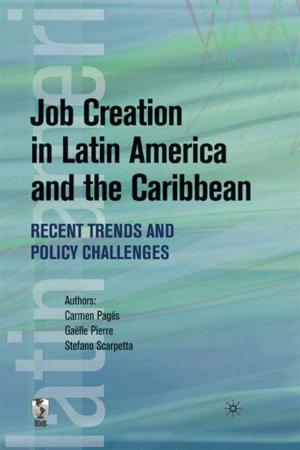Strategies For Sustainable Financing Of Secondary Education In Sub-Saharan Africa :
Nonfiction, Reference & Language, Education & Teaching, Secondary Education| Author: | Lewin Keith M. | ISBN: | 9780821371152 |
| Publisher: | World Bank | Publication: | March 6, 2008 |
| Imprint: | Language: | English |
| Author: | Lewin Keith M. |
| ISBN: | 9780821371152 |
| Publisher: | World Bank |
| Publication: | March 6, 2008 |
| Imprint: | |
| Language: | English |
Investment in secondary schooling in Sub-Saharan Africa has been neglected since the World Conference on Education for All at Jomtien. The World Education Forum in Dakar began to recognize the growing importance of post-primary schooling for development. Only 25 percent of school-age children attend secondary school in the region and fewer complete successfully, having consequences for gender equity, poverty reduction, and economic growth. As universal primary schooling becomes a reality, demand for secondary schools is increasing rapidly. Gaps between the educational levels of the labor force in Sub-Saharan Africa and other regions remain large. Girls are more often excluded from secondary schools than boys. Secondary schooling costs are high to both governments and households. This book explores how access to secondary education can be increased. Radical reforms are needed in low-enrollment countries to make secondary schooling more affordable and to provide more access to the majority currently excluded. The report identifies the rationale for increasing access, reviews the status of secondary education in Sub-Saharan Africa, charts the growth needed in different countries to reach different levels of participation, identifies the financial constraints on growth, and discusses the reforms needed to make improved access affordable. The book concludes with a road map of ways forward that increase the probability that more of Africa's children will experience secondary schooling.
Investment in secondary schooling in Sub-Saharan Africa has been neglected since the World Conference on Education for All at Jomtien. The World Education Forum in Dakar began to recognize the growing importance of post-primary schooling for development. Only 25 percent of school-age children attend secondary school in the region and fewer complete successfully, having consequences for gender equity, poverty reduction, and economic growth. As universal primary schooling becomes a reality, demand for secondary schools is increasing rapidly. Gaps between the educational levels of the labor force in Sub-Saharan Africa and other regions remain large. Girls are more often excluded from secondary schools than boys. Secondary schooling costs are high to both governments and households. This book explores how access to secondary education can be increased. Radical reforms are needed in low-enrollment countries to make secondary schooling more affordable and to provide more access to the majority currently excluded. The report identifies the rationale for increasing access, reviews the status of secondary education in Sub-Saharan Africa, charts the growth needed in different countries to reach different levels of participation, identifies the financial constraints on growth, and discusses the reforms needed to make improved access affordable. The book concludes with a road map of ways forward that increase the probability that more of Africa's children will experience secondary schooling.
